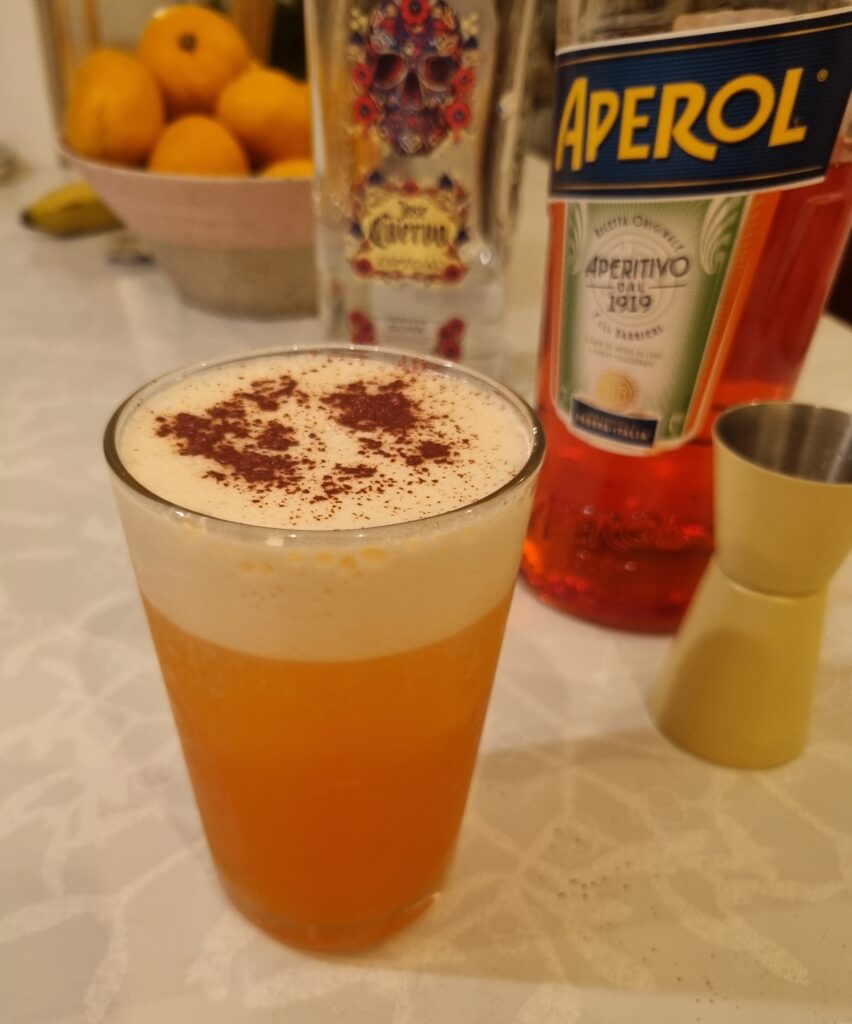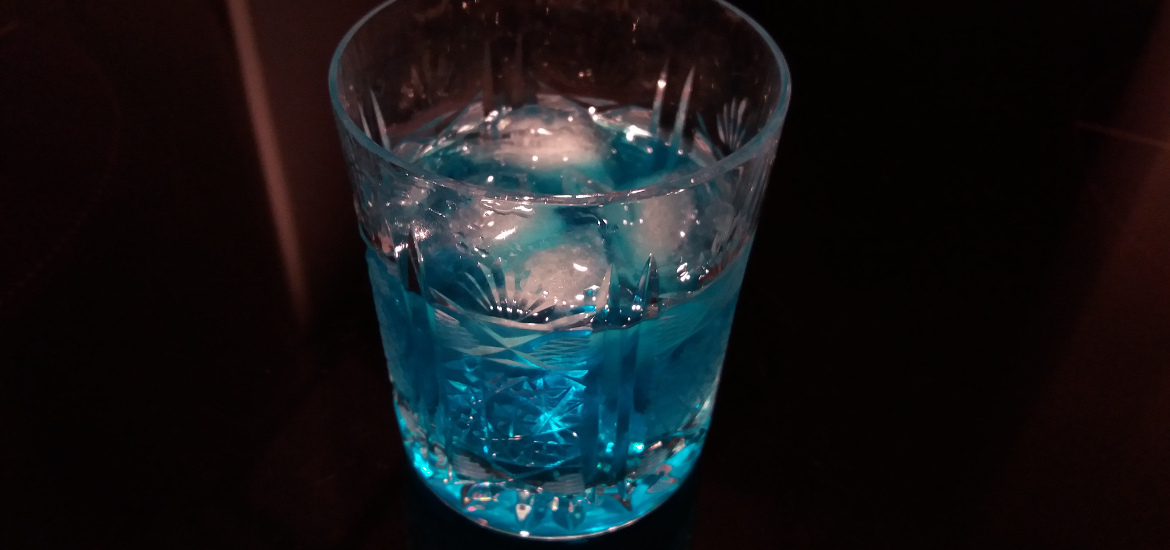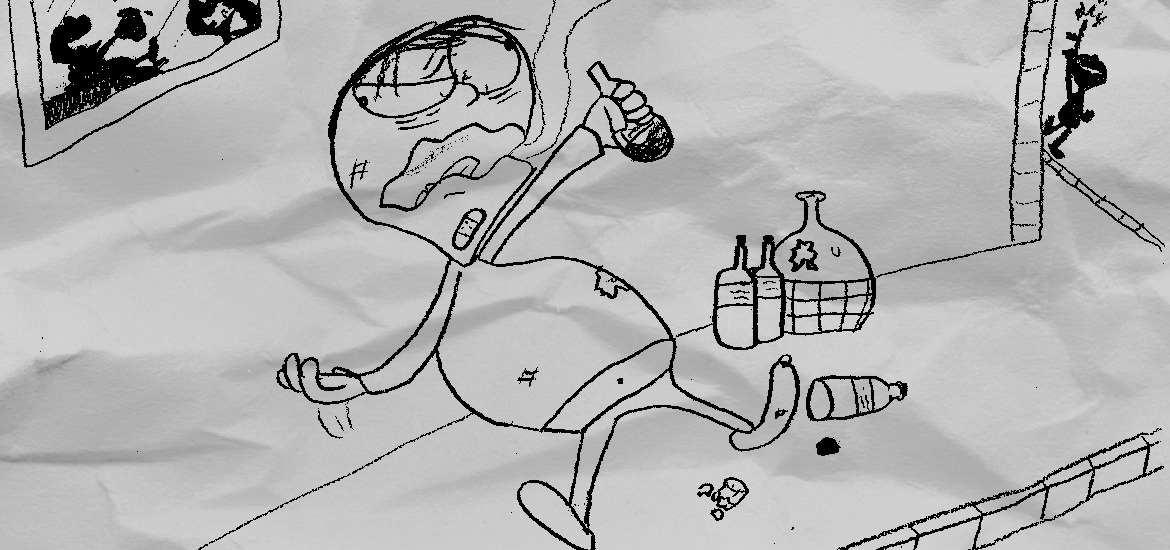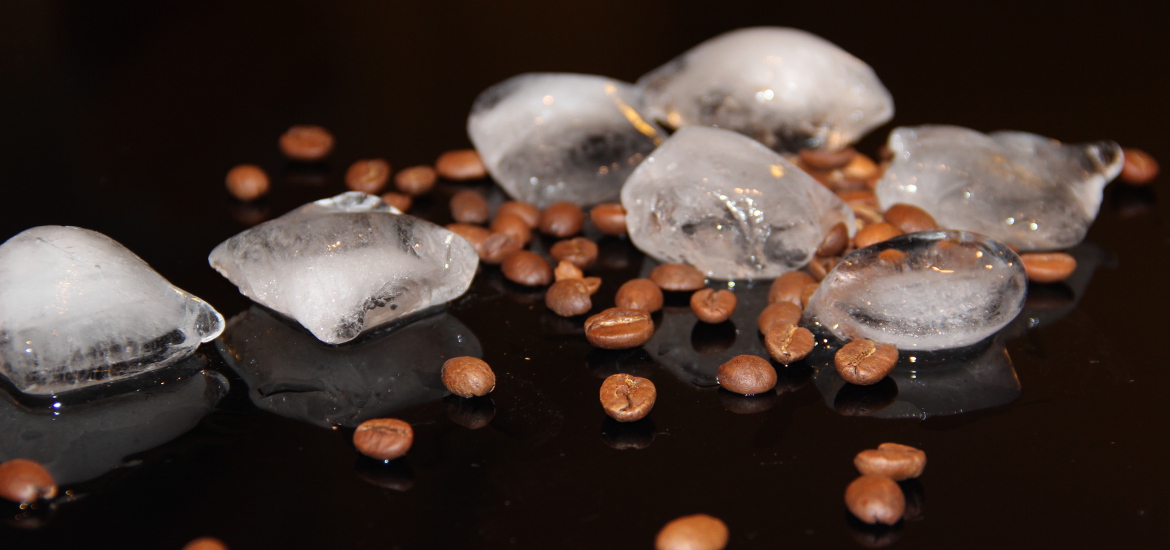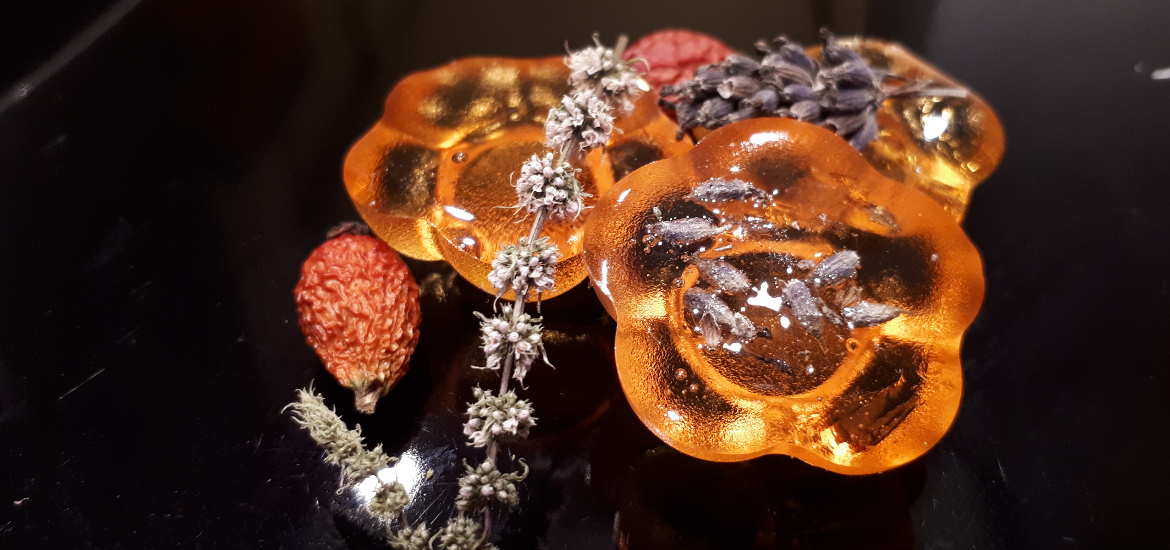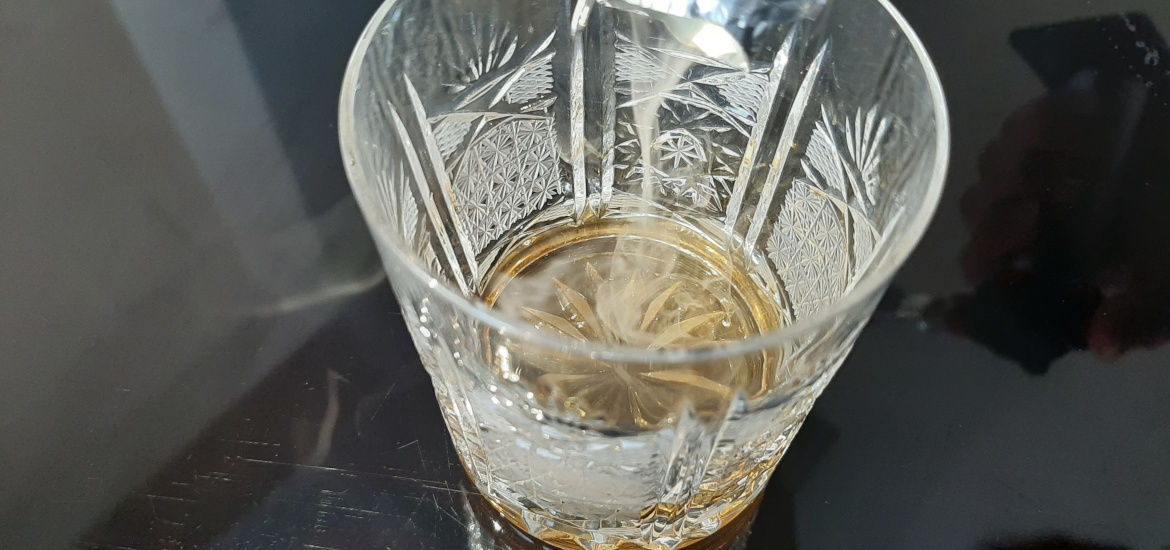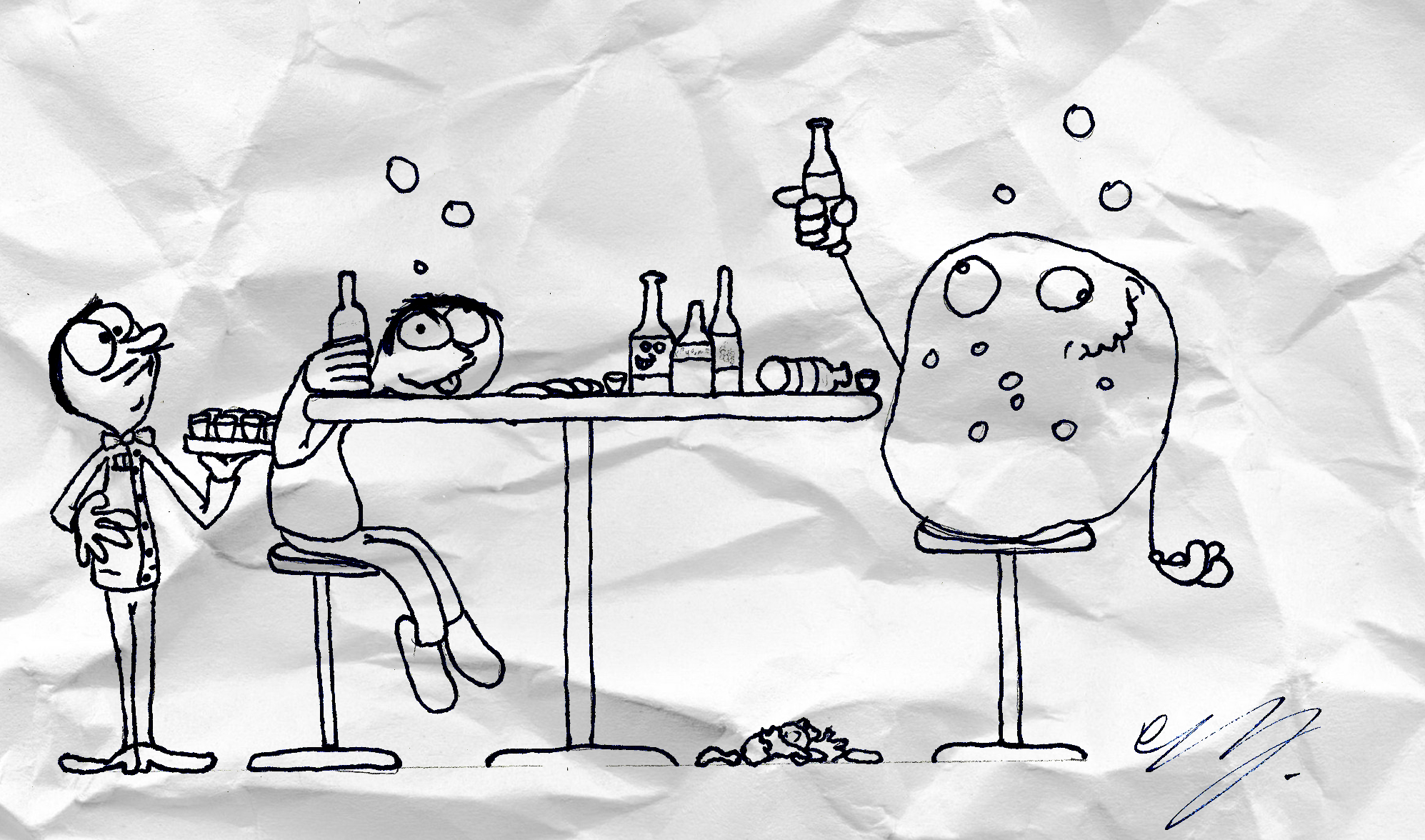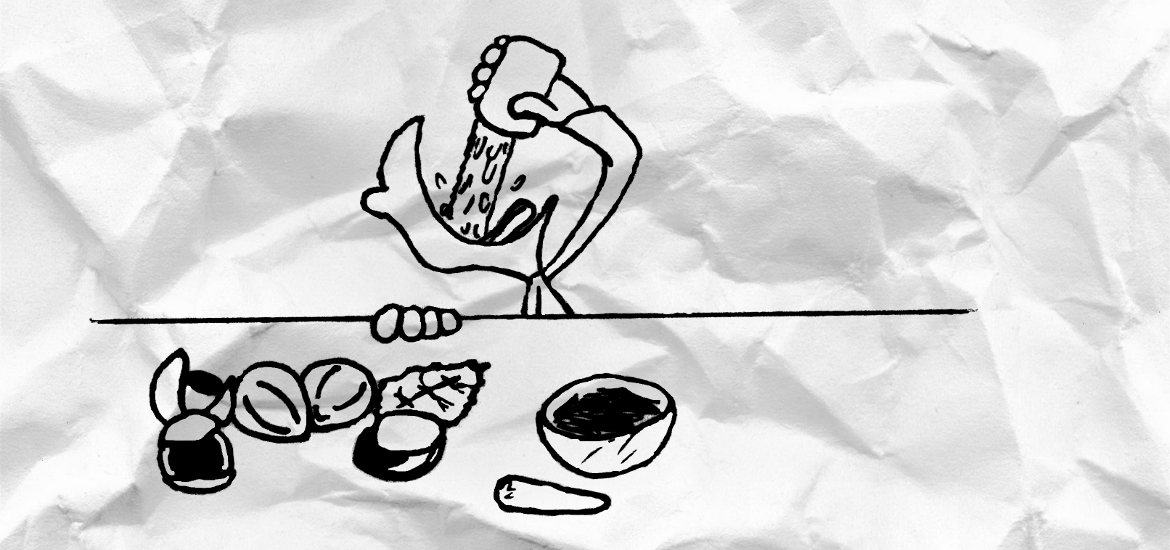I have a dream. I would like to sip a cocktail in the evening that would radiate a nice color according to my mood, all in the normal settings of my living room – no special effects required. Like a glass of gin tonic in the club under the UV lights – it has a nice shine to it, nothing too far out, just a warm, inviting glow.
The trick is that there is no such drink, at least to my knowledge. Even an experienced barman had no answer to my queries, therefore I decided to do my own exploration into the unknown. He did, however, suggest adding glitter to the cocktail but this is not what I was looking for.
Chemical approaches
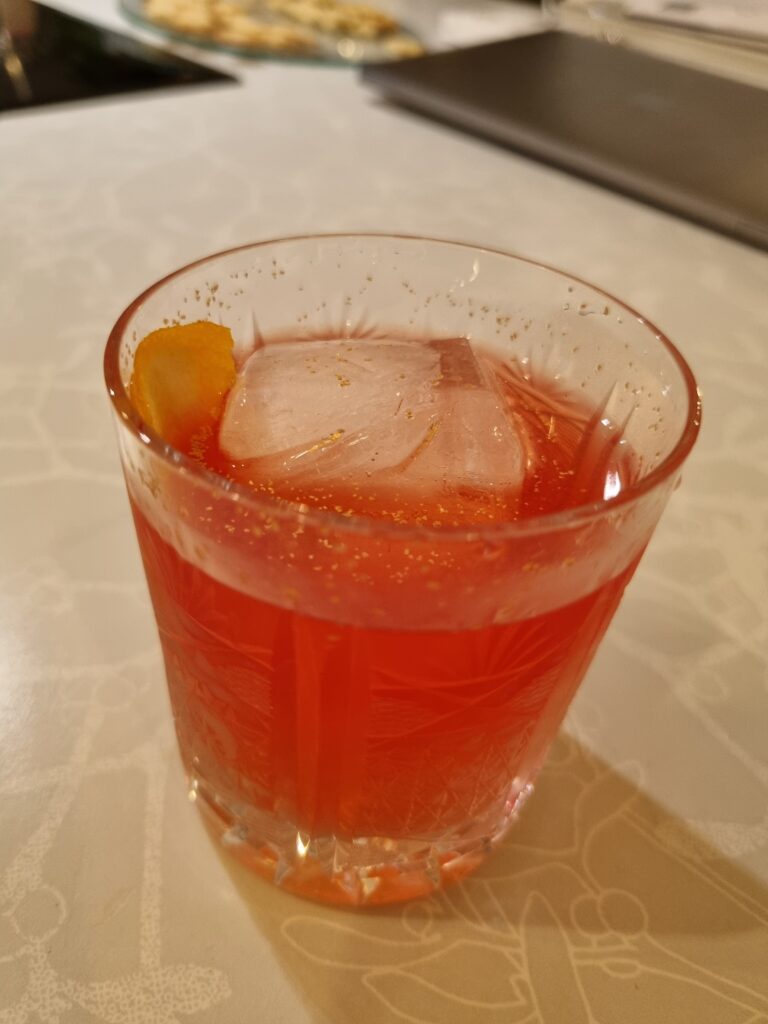
Since the cocktail would naturally require alcohol, my first idea was to start a chemical reaction with alcohol that would result in cocktail glow. Naturally the starting substances and the end product should be perfectly safe and non harmful (at least at the same level as alcohol). I found a lot of reactions on the internet, mostly resulting in products I did not want or occurring under conditions not suitable for the cocktail glass, therefore I abandoned this idea.
But I was not completely out of the chemical waters yet. I switched from reaction chemistry to analytical chemistry. One of the analytical options to determine the amount of alcohol is colorimetry. This means that alcohol reacts with a reagent resulting in colored compounds which can then be detected. Some reagents can fall in the category of unwanted due to their toxicity, so some care is in order. But even so, the reaction conditions are usually not something you would like in your drink. During my article reading I did find this cute little gem, but unfortunately all reactions include concentrated sulphuric acid. Not something I would use in a cocktail. With that I gave up my hopes of using ethanol as the sparkling color choice.
Bioluminescence
Next were the natural lumescenting colors. These are things that shine by themselves. But if they can be used as safe food additives is another question. In general, molecules generally called luciferin react with enzymes called luciferase to emit light. These substances are regularly used in laboratories and are relatively pure and working perfectly, but are not tested or produced in a manner that would guarantee that they are edible. Therefore it is the safest bet to get something lumescent from nature. There most of the things from nature are already tested by generations of humans and one can be sure if they are edible or at least not poisonous. Well, finding or harvesting such things as edible bioluminescent mushrooms or plankton turns out more complicated than expected. I could not find anything useful in a timespan of some months, therefore I decided to make a separate article about finding bioluminescent things and moved on in my pursuit of glowing cocktails.
Glitter
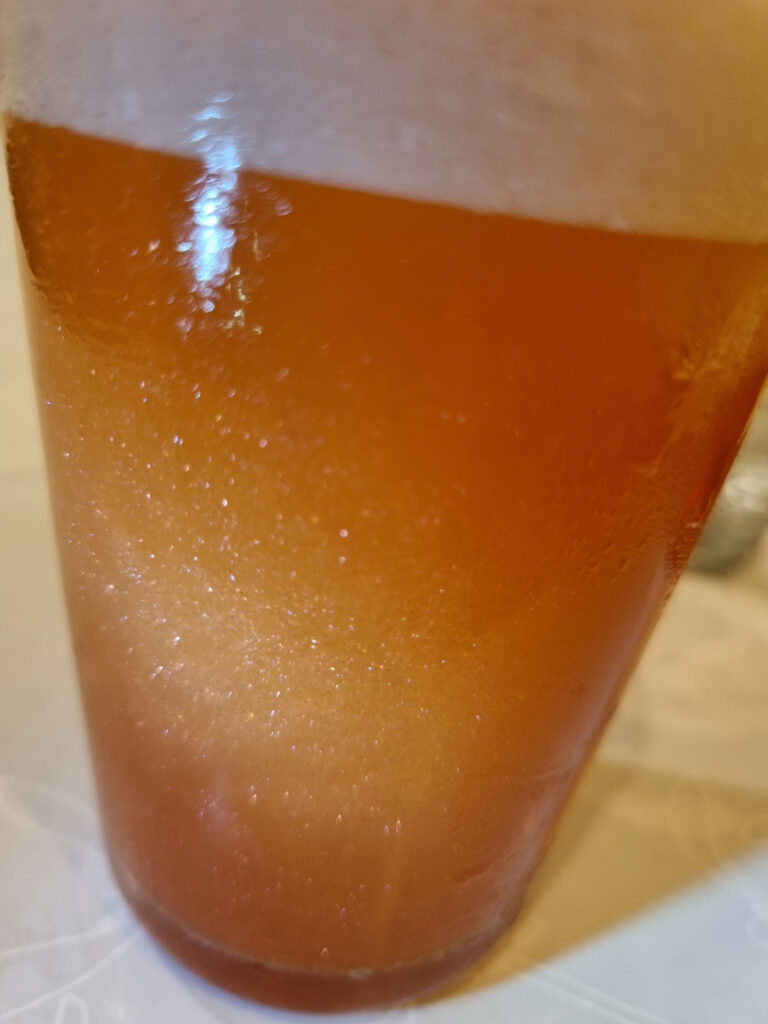
After exploring all the above approaches, I finally settled for the thing that the experienced barman offered in the first place – solid glittering particles. I was convinced once I saw this sparkling and shimmering wine. It was absolutely amazing. And a short internet search revealed a number of glitters that are also edible. I ordered a few and tried adding them to cocktails. First I added them to a negroni – with mixed results. The glitter did sparkle when mixed, but it quickly settled to the bottom. The idea was to make a thicker cocktail, to prevent fast sedimentation of the glitter. Therefore the next selection was a lemon drop cocktail, which was much better. I made a gamble and used a local recipe involving pineapple juice, Aperol, tequila and sugar syrup. Although the cocktail is thick looking, foamy and with bubbles swirling in the glass like Guiness, the end result was perfect. The glitter was discrete, but it did shine and the drink certainly looked better. Under strong light it was prominent, so a great choice for a disco with lots of strobe lights. Well it turns out that in the end the barman was right (as always).
